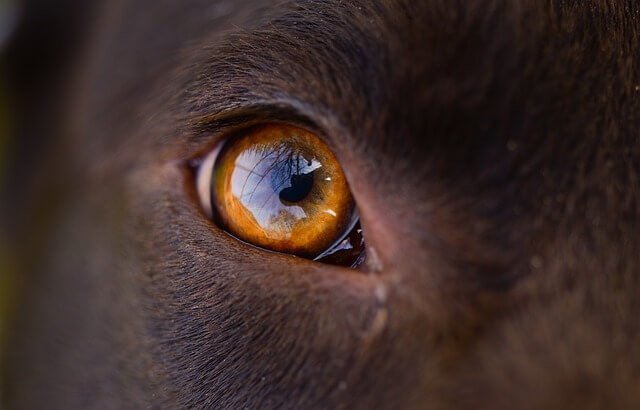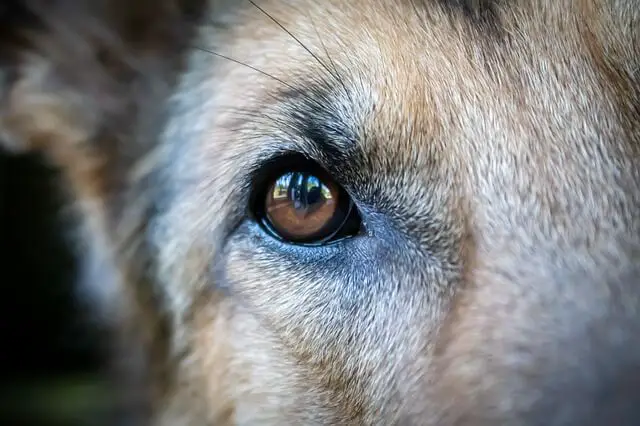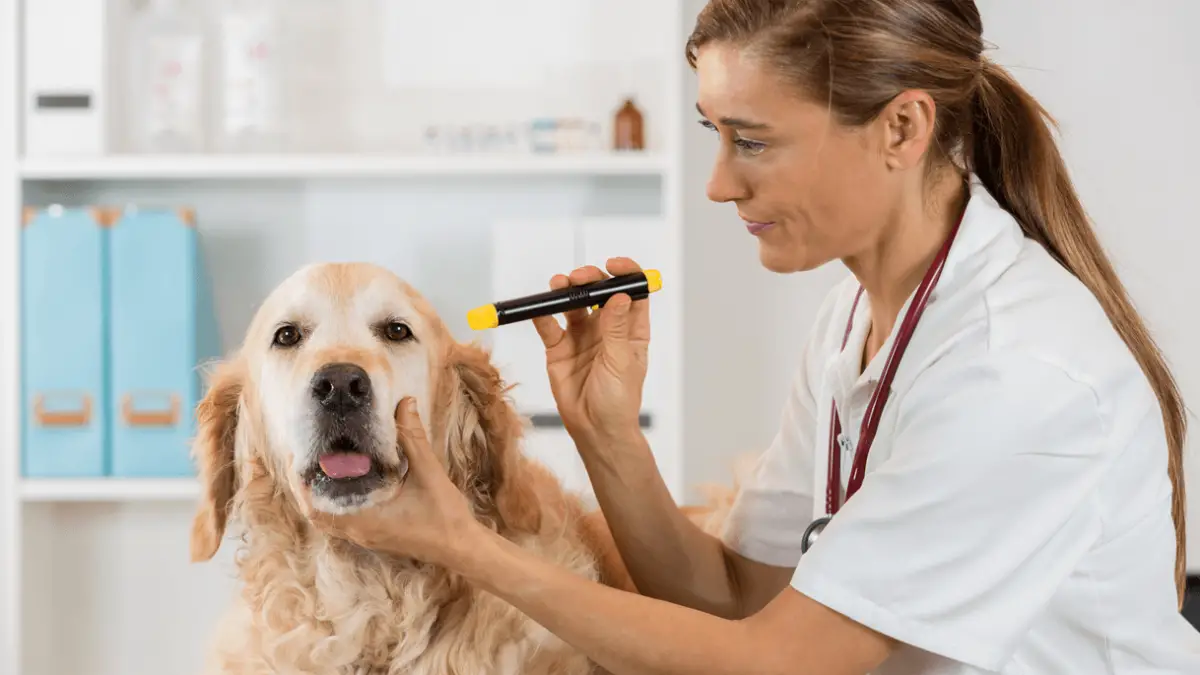Progressive Retinal Atrophy (PRA) In Dogs - Symptoms and Treatment
28.10.2020.
Progressive retinal atrophy is a common health issue that bothers a lot of dogs. As a dog owner, it is natural that you want what is best for your dog, and knowing potential health issues will enable you to spot symptoms early and start treatment as soon as possible.
To understand progressive retinal atrophy, first, you need to understand what the retina is and what her function is.
What is the retina?
The retina is a “specialized” tissue behind your dog’s (humans have them too) eye. It contains cells that receive light signals and adds light to your dog’s vision. These photosensitive cell receptors are called photoreceptors. Retina then converts light signals to electrical impulses that travel to the brain and deliver information.
The retina needs to work properly for your dog to see. There are two main types of photoreceptors called rod cells and cone cells.

The rod cells are in charge of tracking movements and helping vision in “low-light” conditions. Cone cells are responsible for color detection. A dog’s retina contains more rod cells than cone cells.
So, what is progressive retinal atrophy?
Progressive retinal atrophy is a group of diseases that affect the retina and cause it to deteriorate over time. More precisely, the PRA affects photoreceptors and causes impaired vision, and sometimes, even blindness.
How can a dog get PRA?
Progressive retinal atrophy is an inherited health problem. Most breeds inherit it from the recessive lineage, which means a dog needs to inherit the disease from both parents to be affected by it. The best way to make sure your new puppy won’t be affected by PRA is to check both parents and ask their owners for any eye or vision problems. Even that is not a complete guarantee but can be a good indicator.

What are the symptoms of dog progressive retinal atrophy?
This is a specific problem, and luckily, it has been studied over generations of affected dogs. PRA affects rod cells first, and as we know, they are responsible for low-light vision and movement tracking. If you start noticing your dog being disoriented at night or has problems seeing, that can be the first symptom of PRA.
Many dog owners described that they have noticed their dogs being clumsier and scared of moving in unfamiliar places at night. One additional thing dog owners noticed is that their dog’s eyes became very reflective, and their pupils were dilated.
The second stage of PRA is when cone cells are affected, and that is when severe vision impairment occurs. Many dogs often end up completely blind because of the PRA.
What dog breeds are prone to PRA?
Unfortunately, all breeds are prone to developing progressive retinal atrophy. This is a disease that can affect pureblooded dogs as well as mixed or designer breeds. There are some differences scientists noticed when it comes to inheriting the disease. Some breeds like Golden or Labrador Retrievers, Yorkshire Terriers, Dobermans, French Bulldogs, or English Bulldogs inherit it as a recessive gene. Still, Bullmastiffs and English Mastiffs inherit it as a dominant gene. That means that they need to inherit it from only one parent to be affected by it.

How fast does the disease progress?
PRA is a medium-fast developing disease that can cause complete loss of vision in one to two years.
Progressive retinal atrophy treatment
This is the part that can bum you out a bit. At the moment, there is no effective PRA treatment. If a vet diagnoses cataracts or retinal detachment, it is possible that surgery can prevent any further vision impairment.
World Dog Finder team







Share